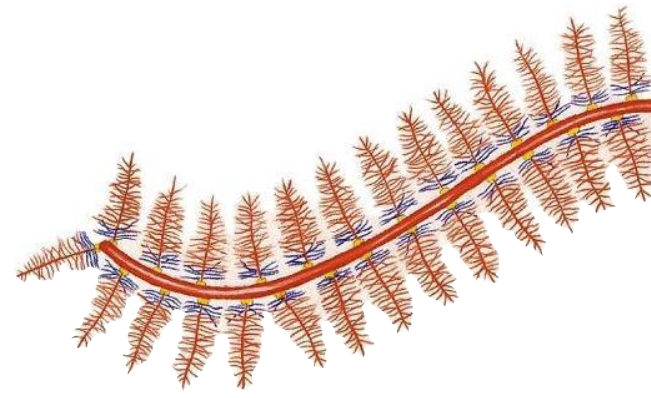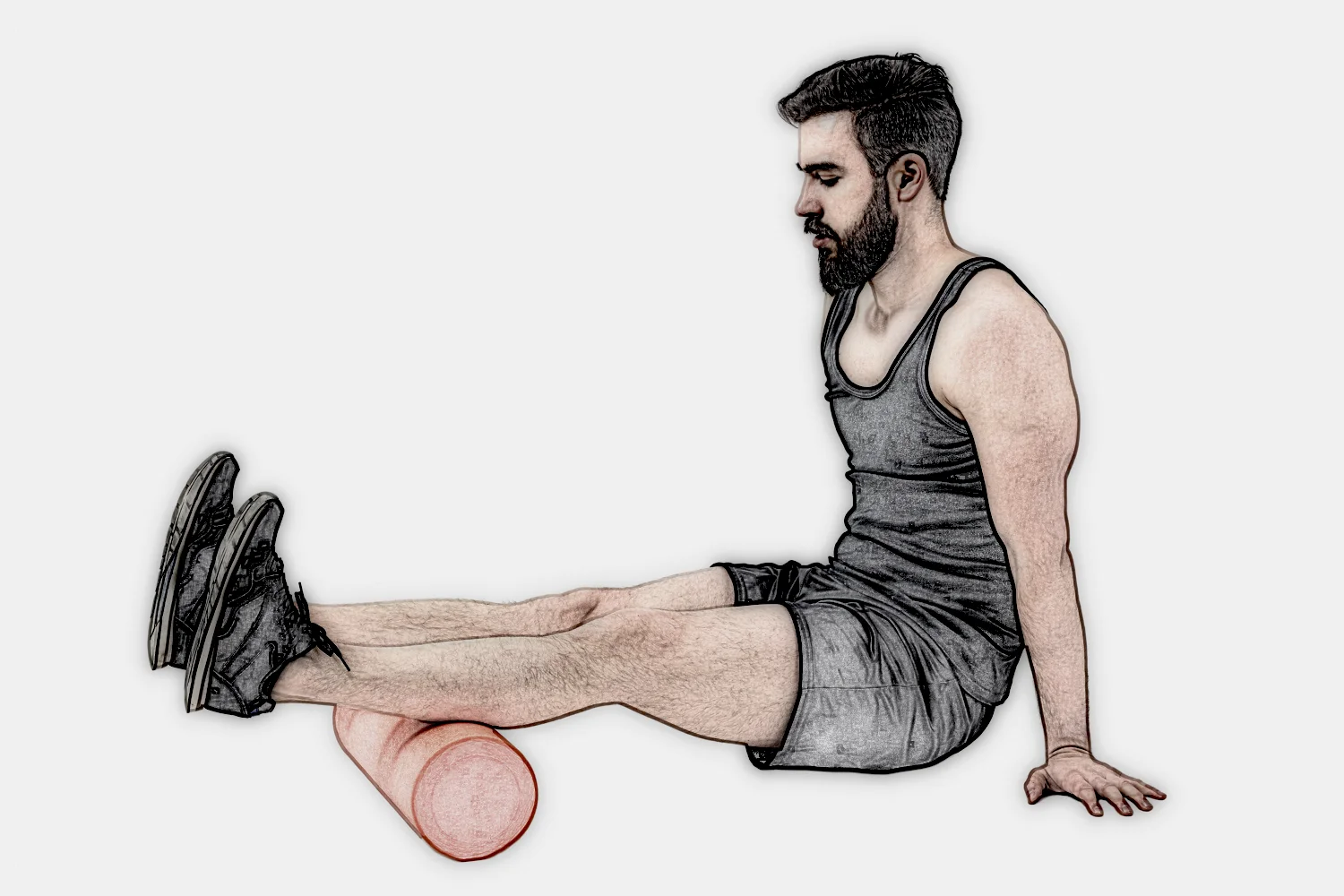In part one of this blog we described the foam roller and its history. We also listed four ways fascia benefits from SMR (self myofascial release). Here is that list again:
SMR hydrates fascia
SMR wakes up your slumbering parts
SMR organizes your fascia
SMR decreases neural drive to overactive neuro-myofascia
In part two of this blog we will explain just how benefit number one is acheived through SMR.
How SMR hydrates fascia
When we tell students and clients that it is important to hydrate their fascia they usually tell us how many bottles of water they regularly drink. It’s a natural line of reasoning but, drinking water does not directly hydrate fascia. To understand how fascia IS hydrated we need a little knowledge of it’s makeup.
Fascia is made of Callagen, Elastin and Reticulin fibers all covered in and moving in a watery gel like medium called ground substance.
The fibers are made of proteins. The watery ground substance is mostly- you guessed it- water. Ground substance also contains molecules made of sugar and amino acids called Glycosaminoglycans or GAGs. GAGs are amazing water organizers! Their shape has much to do with this ability. GAGs are shaped like fern leaves with fronds branching off of a spine in the middle. They line up microscopic droplets of water all along their “fronds.” We want fronds that are nicely spaced from each other because of the water they are holding. In healthy connective tissue the fern like fronds are just-Goldilocks-right. In other words, in healthy fascia the GAGs have organized enough water to keep things open and moving. Picture happy “ferny” GAGs swaying in the ground substance.
Conversely, if tissue is injured (as an example think of bumping your hip into the corner of that desk you knew was there or "pulling" something in your back while training) some collagen in the area breaks or tears and the GAGs soak up MORE water. Picture unhappy bloated ferny GAGs. This is part of what occurs when tissue swells as a result of trauma.
The opposite can happen too. In tissue that has not moved for a while GAGs will lose water. Since the microscopic water droplets are not keeping the “fronds” open these sugar-amino molecules become sticky and gnarly.
The ideal environment in your fascia is one where water moves into an area, is “bound” by GAGs for a time, is squeezed out of the area by big muscle action and then flows back into the area to be “bound” again by GAGs. Fascia is like your kitchen sink sponge that needs to be squeezed to get the old water out. If it’s dry, it’s helpful to squeeze the old water out and let go to soak up new water. Muscles usually do this work for us.* When tissue is either swollen from trauma or dehydrated and sticky from lack of movement muscles are busy “splinting.” In either of these situations they are not interested in getting their squeeze on! A solution is to mimic the squeezing action of muscles by moving the area while applying pressure. Foam rolling is a very effective way to squeeze the sponge! So drink your water but to really hydrate your fascia, get friendly with your foam roller.
In the next three parts to this bolg we will explain how:
SMR wakes up your slumbering parts
SMR organizes your fascia
SMR decreases nueral drive to overactive neuromyofascia
*Soft tissue is naturally deformed and “squeezed” when we exercise. Exercise, even stretching, squeezes water out of tissue. Rest allows water to wash back in. This is a desirable process. Over-training is tantamount to squeezing the sponge (your tissue) over and over again, causing dehydration. Dehydrating in connective tissue is an undersirable process and can lead to injury (sometimes, ironically, involving swelling).


